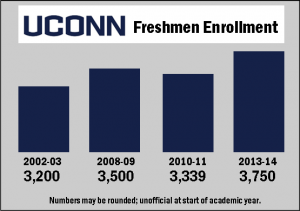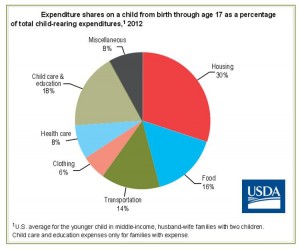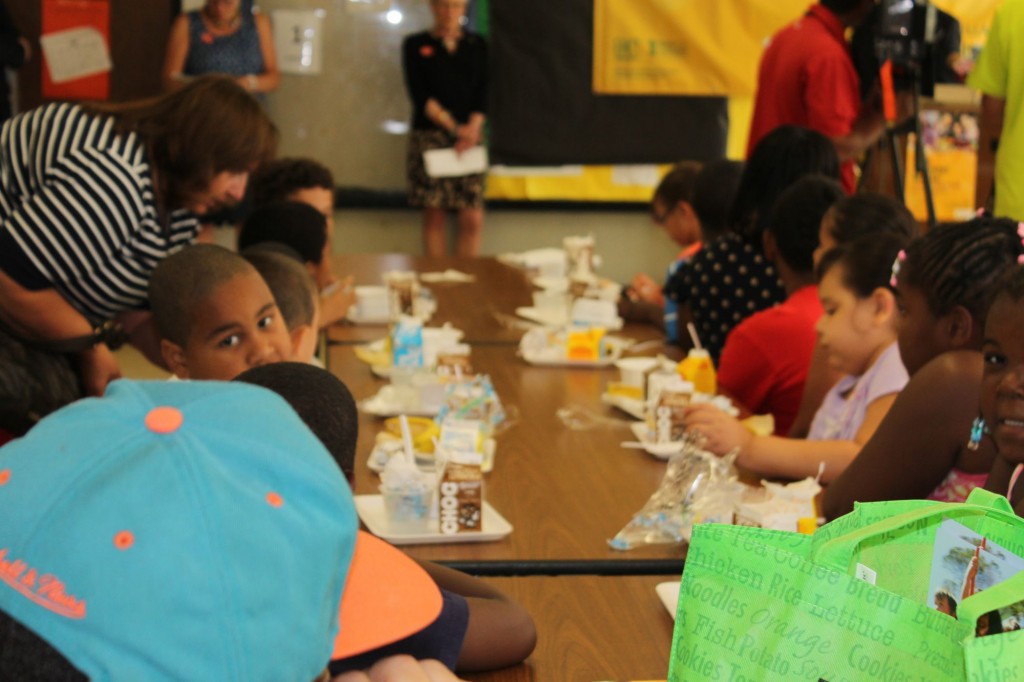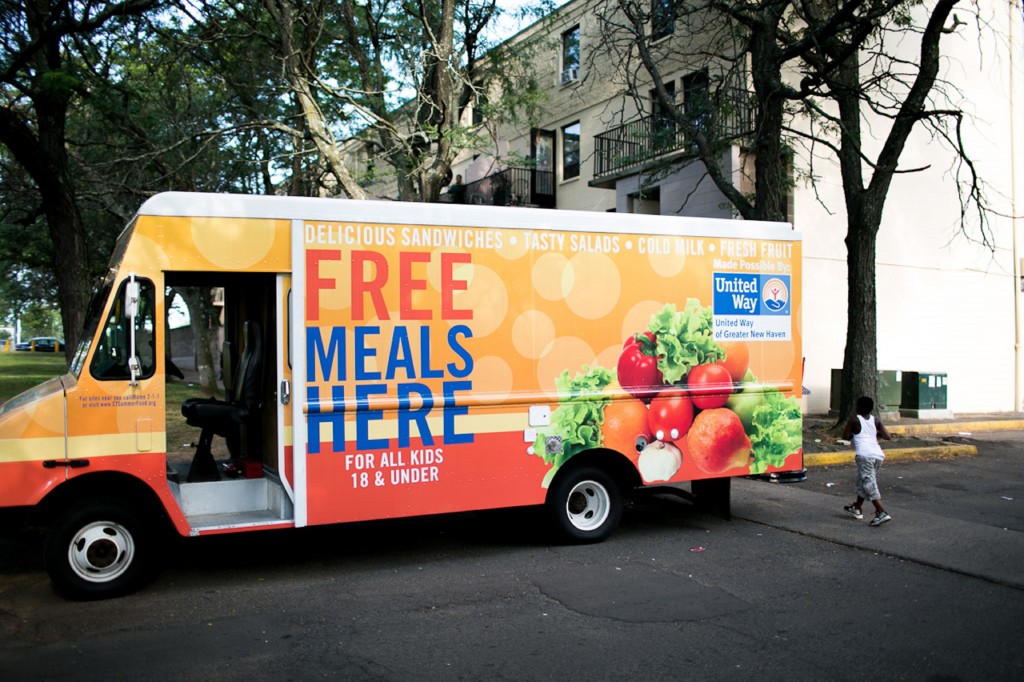Voter turnout increases when nonprofit organizations are doing the asking. That is the finding of a new study by Nonprofit Vote, which tracked the impact of nonprofit voter engagement efforts in seven states. In addition, the demographic characteristics of the new voters is differs from the general voting population in ways that respond in traditional voting disparities.
“The clients and constituents engaged by nonprofits were markedly more diverse, lower income and younger than all registered voters in the seven states, made up of populations with a history of lower voter turnout in past elections,” the study indicated in its analysis of 2012 voting. Among the key findings:
Voter turnout among those contacted by nonprofits was 74%, six points above the 68% turnout rate for all registered voters. In fact, nonprofit voters outperformed their counterparts across all demographics.
Voter turnout among voters contacted by nonprofits compared to all registered voters was 18 points higher for Latino voters, 15 points higher for voters under the age of 30, and 1 5 points higher for voters with household incomes under $25,000.
5 points higher for voters with household incomes under $25,000.
“The action by nonprofits had its biggest impact on turnout among least-likely voters – those that campaigns typically disregard based on low ‘voter propensity scores’ assigned before the election to predict their likelihood to vote,” the analysis indicated. Young voters, ages 18-29, topped the list.
The report--Can Nonprofits Increase Voting Among Their Clients, Constituents, and Staff? An Evaluation of the Track the Vote Program—reflects data compiled from 94 nonprofits in seven states that registered or collected voter pledges from 33,741 clients and constituents during services.
In Connecticut, the Connecticut Association of Nonprofits participated in Nonprofit Vote, a nationwide initiative to involve nonprofits in efforts to urge people to register and vote. The organization’s September 2012 newsletter, in an article by Nonprofit Vote, pointed out that “Many organizations now recognize the value of voter engagement as a key component in their advocacy toolkit and are no longer watching passively from the sidelines on Election Day.”
“What stood out the most in the data,” the report found, “was the effect the personal outreach efforts of the nonprofits had in shrinking voter turnout disparities evident among all registered voters and in Census surveys generally.”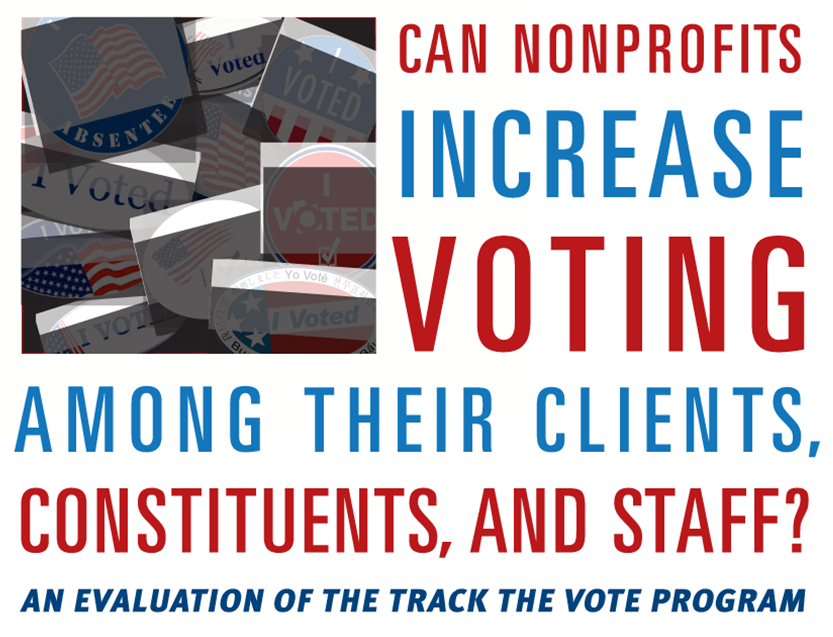
The top reasons that nonprofit organizations cited for conducting voter engagement were to advance their organization’s mission and empower their clients. Nonprofits used a range of agency-based strategies to engage voters, and the most identifiable success factors were motivated staff and volunteers and strong support from a state or national partner in the form of training, check-ins and materials, the report said.
"Nonprofit service providers are well positioned to integrate new Americans into civic life and engage others who need encouragement to exercise their right to vote. This report provides useful evidence on how service providers can help to increase voter participation of populations new to the political process," said Elizabeth T. Boris, Director of the Center on Nonprofits and Philanthropy at the Urban Institute.
The states participating in the study were Arizona, Louisiana, Massachusetts, Michigan, Minnesota, North Carolina, and Ohio. The Center for Information & Research on Civic Learning & Engagement (CIRCLE) at tufts University assisted in the analysis.
Noting that past research has found that personal contact with potential voters strongly encourages voting, the report indicated that the data “speaks broadly to the power of personal contact in mobilizing people to vote. More specifically it affirms the impact of the personal contact coming from someone or an organization known to and trusted by the voter.”
 If you’re planning ahead for voter registration efforts this fall, the National Association of Secretaries of the State (NASS) approved a resolution last month that establishes September 24, 2013 as National Voter Registration Day. Within the resolution, the Secretaries, who serve as their states’ top elections officials, called for “new and innovative methods” of voter registration.
If you’re planning ahead for voter registration efforts this fall, the National Association of Secretaries of the State (NASS) approved a resolution last month that establishes September 24, 2013 as National Voter Registration Day. Within the resolution, the Secretaries, who serve as their states’ top elections officials, called for “new and innovative methods” of voter registration.
Founded in 2005, Nonprofit VOTE partners with America’s nonprofits to help the people they serve participate and vote. The organization is described as the leading source of nonpartisan resources to help nonprofits integrate voter engagement into their ongoing activities and services.
NASS Resolution Establishing September 24th, 2013 as National Voter Registration Day
 es; clothing and clothing accessory stores; sporting goods stores; hobby, toy and game stores; musical instrument and supplies stores; bookstores; general merchandise stores; and office supply and stationery stores.
es; clothing and clothing accessory stores; sporting goods stores; hobby, toy and game stores; musical instrument and supplies stores; bookstores; general merchandise stores; and office supply and stationery stores.









